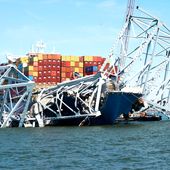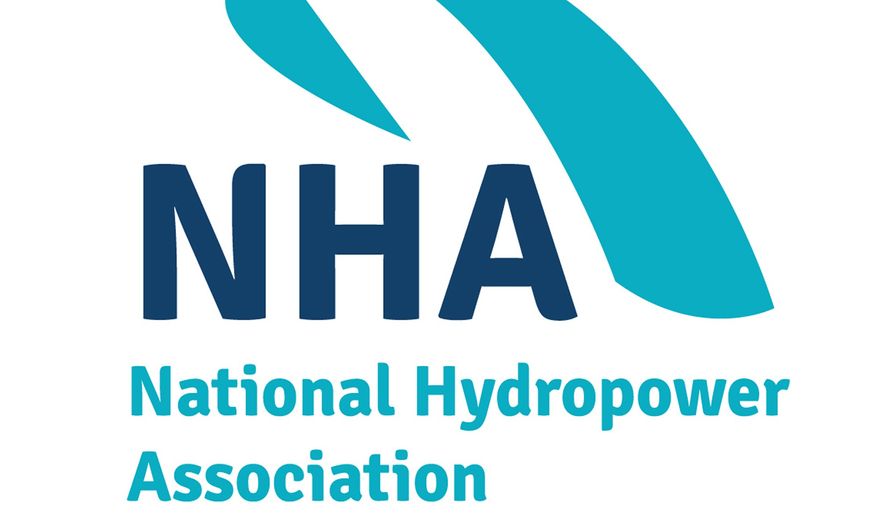OPINION:
Every day, Americans turn on their lights and plug in their devices without thinking twice about where their electricity is coming from. Yet, many have no idea that there is a domestic, dependable, emission-free energy source already in their backyard, many of which also provide local fishing spots, boating areas or walking trails. It’s hydropower; and it’s an unsung hero of American energy security.
While hydropower may flow below the radar, it does not mean that its contributions do not touch your life every day. Hydropower is the foundation of a ready and reliable 24/7 grid, especially now when the nation is adding more variable renewable energy sources, like wind and solar.
There’s more to appreciate about hydropower than just its affordable electricity entering your home. From its role as a baseload energy source providing power to an estimated 30 million Americans, jump starting the grid after blackouts, balancing the system minute-by-minute as wind and solar resources vary, to creating recreation areas, hydropower is a key component of our electricity grid.
For example, pumped storage hydropower is a proven energy storage technology which currently accounts for roughly 93% of utility-scale long duration energy storage that means hydropower is key to keeping the lights on when other forms of electricity falter. As the U.S. electricity grid grows and integrates more variable renewable energy technologies, hydropower and pumped storage will be needed to keep American homes and businesses powered.
Despite the obvious benefits of hydropower, it may come as a surprise that many of our existing hydropower facilities are in danger of shutting down because of a long, expensive relicensing process. Hydropower facilities operate with a license that can last up to 50 years. With roughly 500 facilities coming up for relicensing by 2035, the American grid is at risk of losing approximately 20 GWs of energy — enough to power 14.5 million homes.
Existing hydropower facilities are not the only projects under threat from a difficult licensing process. There are more than 90,000 dams in the United States, but less than 3% generate hydropower. Utilizing this existing infrastructure and retrofitting non-powered dams with power-generating infrastructure could unlock about 12 GW of new hydropower generation, and that becomes more attainable through more efficient licensing.
Fortunately, hydropower champions in Congress are working hard to make needed changes. There are two bills in Congress that could combat the long and expensive licensing and re-licensing processes, which would help maintain and grow this important energy source. Those bills are the Hydropower Clean Energy Future Act (H.R. 4045) and the Community and Hydropower Improvement Act (S. 1521).
That our normally divided Congress is joining together around this priority reinforces the critical need to fix the arduous process of licensing hydropower projects. These bills will help safeguard and expand vital hydropower resources in an environmentally responsible manner, improve grid stability and security, and advance our trajectory towards a reliable clean electricity grid.
We encourage you to contact your members of Congress and ask them to support these bills and others that will strengthen hydropower and ensure America’s energy security.
• The National Hydropower Association (NHA) is a nonprofit national association dedicated exclusively to preserving and expanding clean, renewable, affordable hydropower and marine energy. The NHA champions waterpower as America’s premier carbon-free renewable energy resource.




Please read our comment policy before commenting.